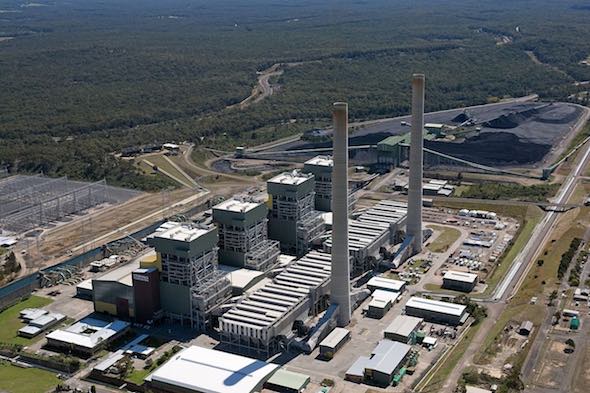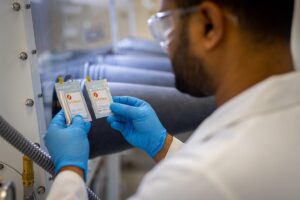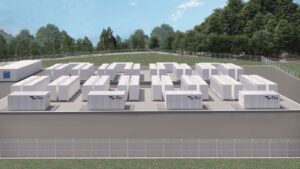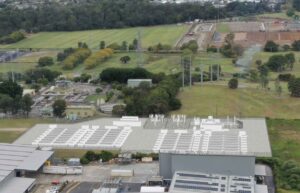The competitive tender for 380MW of “firming infrastructure – likely to be a big battery – has been formally opened in NSW despite lingering questions over the future of the country’s biggest coal generator, the 2.8GW facility at Eraring.
The new facility – widely expected to be a two-hour battery – is being sought as part of the planned replacement of the Eraring capacity, along with a series of tenders for new wind, solar and long duration storage, and the planned Waratah “super battery.”
However, the newly elected Labor minority government in NSW has raised questions about the future of Eraring, saying it was not happy it was due to close so early (August, 2025), and raising the possibility it may buy the asset to keep it running longer.
Market analysts have suggested that a short term extension of at least one or two of Eraring’s 720MW units may be needed to cover supply needs over the summer of 2025/26.
But the potential purchase of the facility by the state government is a different ball game, and raises many big questions about the transition to renewables in what is the country’s biggest state grid, and with the biggest and oldest fleet of coal generators.
The tender for the 380MW of firming infrastructure is being managed by AEMO Services.
Unlike the long duration storage sought elsewhere in the state, this will be focused on at least two hours storage to help manage any short term shortfalls, and it must be located within the major demand centres of Sydney, Newcastle or Wollongong.
AEMO Services general manager Paul Verschuer says the tender is needed because of the earlier than previously scheduled closure of the Eraring Power Station.
“Firming infrastructure is a critical component of any reliable power system and will be needed when intermittent generation resources, like wind and solar, are not available,” he said in a statement.
The tender is open to a range of technologies, including batteries, pumped hydro gas and biofuels, and demand response. But because of the speed and flexibility of battery storage, it is likely that a battery project will win the tender, market participants say.
However, it is also the first time that demand response will compete directly with other new infrastructure assets in a competitive tender. So, if enough demand can be sourced, from a refinery or aggregated from other users, that may present an interesting choice for tender managers.
“Demand response is an innovative, cost-effective solution already being used widely around the world,” Verschuer said.
“It encourages businesses to reduce their consumption during periods of high demand and get paid to do this. This helps free up supply to the market, while reducing the overall need to build new infrastructure, which ultimately drives down costs for consumers.
Proponents have until May 18, 2023 at 5pm to finalise their submission.










